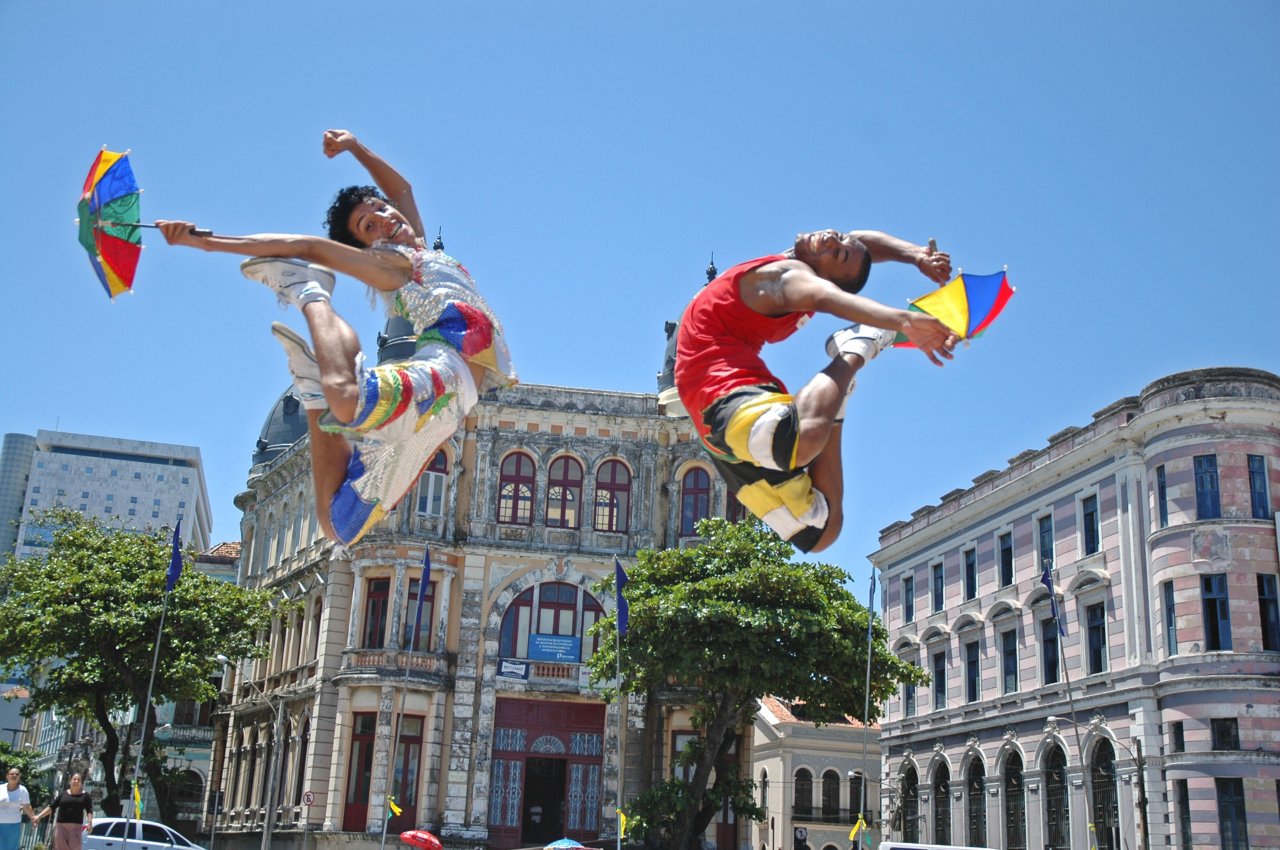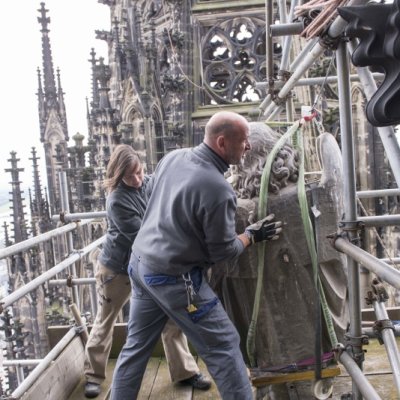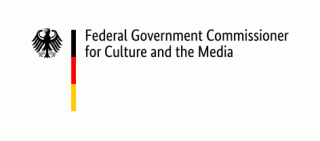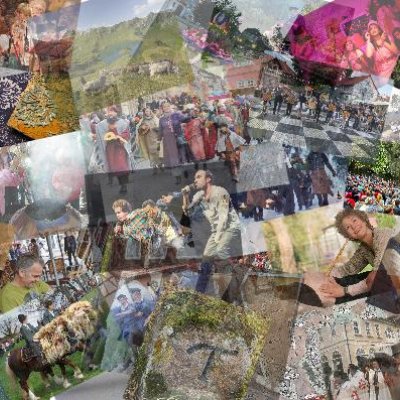Culture and nature
Intangible Cultural Heritage

Cooperatives in Germany, yoga in India or rumba from Cuba - they all belong to the Intangible Cultural Heritage of UNESCO. More than 600 forms of Intangible Cultural Heritage are listed on the three UNESCO lists, over 100 on the Nationwide Inventory of Intangible Cultural Heritage of Germany.
ICH Lists
Germany's nationwide inventory comprises 131 elements: 117 forms of cultural practices and expressions, and 14 examples of good safeguarding practices.
Nationwide Inventory of Intangible Cultural Heritage
National Register of Good Safeguarding Practices
The three UNESCO lists count 677 elements corresponding to 140 countries.
UNESCO's lists of Intangible Cultural Heritage
Dances, theatre, music, traditions, festivals or crafts - intangible cultural heritage is carried by human knowledge and skills. It is an expression of creativity, conveys continuity and identity, and shapes societies. The 2003 Convention for the Safeguarding of the Intangible Cultural Heritage ensures its further development.
Germany’s Nationwide Inventory of Intangible Cultural Heritage
Germany ratified the 2003 UNESCO Convention in 2013 and committed itself to creating a nationwide inventory of intangible cultural heritage. By establishing this inventory, the importance of living heritage in general as well as individual forms of cultural practices and expressions in particular come to great public attention. Good safeguarding practices demonstrate how intangible cultural heritage is effectively passed on to the next generation.
The nationwide inventory is compiled in a multi-stage procedure by the German Commission for UNESCO, the federal states, the Standing Conference of Ministers of Education and Cultural Affairs, and the Federal Commissioner for Culture and the Media. Proposals for inscription are submitted by respective communities.
The nationwide inventory comprises 131 elements: 117 forms of cultural expressions and 14 examples of good safeguarding practices. The inventory is meant to grow from year to year. It is not a collection of “German heritage” but rather a reflection of the diversity of cultural practices and expressions that are practiced in Germany by various communities.
The inscribed elements and their bearers are exemplary for our society’s creativity, spirit of innovation and knowledge. Inscriptions on this inventory help to raise awareness about the importance of intangible cultural heritage and support safeguarding efforts by communities.
Nationwide Inventory of Intangible Heritage
National Register of Good Safeguarding Practices
UNESCO’s Lists of Intangible Cultural Heritage
UNESCO runs three lists of intangible cultural heritage: the Representative List of the Intangible Cultural Heritage of Humanity, the List of Intangible Cultural Heritage in Need of Urgent Safeguarding, and the Register of Good Safeguarding Practices.
UNESCO's Representative List embodies the diversity of intangible cultural heritage worldwide. Its inscribed elements – such as Argentinean and Uruguayan tango, traditional Chinese medicine, and avalanche risk management in Austria and Switzerland – show how living heritage shapes identities and fosters social cohesion. The Intergovernmental Committee on Intangible Cultural Heritage decides on the inscription of cultural practices every year.
Germany has inscribed seven elements on the Representative List of Intangible Cultural Heritage of Humanity:
- The practice of Modern Dance in Germany (inscribed in 2022)
- Timber rafting (multinational, in cooperation with five States Parties, inscribed in 2022))
- Craft techniques and customary practices of cathedral workshops, or Bauhütten, in Europe, know-how, transmission, development of knowledge and innovation (multinational, in cooperation with four States Parties, inscribed in 2020)
- Blaudruck/Modrotisk/Kékfestés/Modrotlač, resist block printing and indigo dyeing in Europe (multinational, in cooperation with four States Parties, inscribed in 2018)
- Organ craftsmanship and music (inscribed in 2017)
- Falconry, a living human heritage (multinational, in cooperation with 17 States Parties, inscribed in 2016/ extended to 24 States Parties in 2021)
- Idea and practice of organizing shared interests in cooperatives (inscribed in 2016)
Germany is also preparing nominations for the Representative List of Intangible Cultural Heritage of Humanity and for the Register of Good Safeguarding Practices:
- Midwifery: knowledge, skills and practices (multinational and transcontinental, in cooperation with seven States Parties, to be decided end of 2023)
- Knowledge, craft and skills of handmade glass production (multinational, in cooperation with six States Parties, to be decided end of 2023)
- Traditional irrigation in Europe: knowledge, technique and organization (multinational, in cooperation with six States Parties, to be decided end of 2023)







The German Commission for UNESCO
The German Commission for UNESCO supports the implementation of the Convention for the Safeguarding of the Intangible Cultural Heritage in Germany. We foster the exchange of knowledge in the field of intangible cultural heritage and conduct projects, conferences and workshops in close collaboration with national and international partners.
In 2012, the Office of Intangible Cultural Heritage has been established within the German Commission for UNESCO. The office is funded by the Federal Commissioner for Culture and the Media. Its mandate is to advise civil society, politics and science; to raise public awareness; to coordinate the procedure of inscription on the nationwide inventory of intangible cultural heritage and the selection procedure of nominations for UNESCO lists; to regularly update the nationwide inventory; and to establish and coordinate an expert committee.
The expert committee evaluates and recommends nomination files to be inscribed on the nationwide inventory. In addition, it recommends UNESCO nominations from Germany.
In case of contact, please refer to ike(at)unesco.de.





